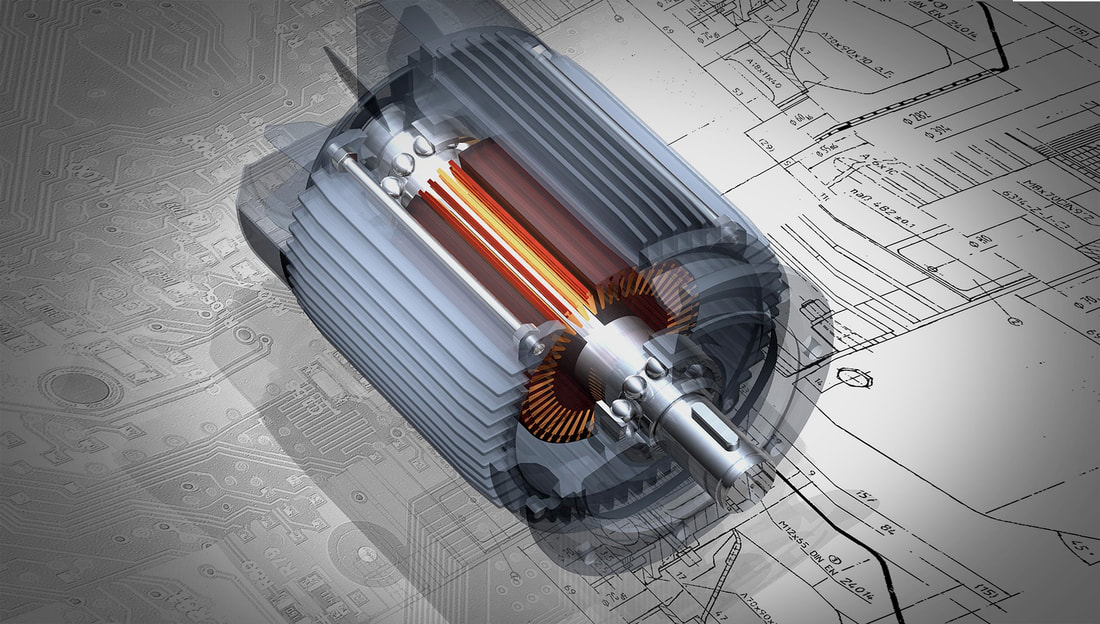Efficient Product Development is Driven by a System Approach That Continually Considers Value12/17/2019
Nearly all product development is a multi-disciplinary effort, usually with tight constraints on time, cost and function. But most engineering groups tend to design in isolation, where even the different engineering disciplines don’t interact, let alone considering supply chain, manufacturing, service, test etc… The risk is a design that doesn’t meet the business goals and needs to be reworked or adversely affects the company’s performance. I’ve learned this hard way in the past, having to re-design mechanical systems, for example, when they wouldn’t work with what the electrical engineers designed.
There are two principles that will help develop better products, quicker – value analysis (a part of lean and value stream theory) and systems design. Every process is made up of a series of steps or tasks. These tasks may not be linear, there may be a complex set of interactions required, but they always share the same basic structure. Every task includes a set of inputs, has a set of required outputs, has stakeholders who use those outputs, and is done under a set of constraints. The outputs should be based entirely on the value they deliver. The end goal is always to produce a product that meets the company’s goals as outlined in their business case. If the output of any task doesn’t contribute to those business goals, it’s waste. If the output has to be reworked because it doesn’t work with some other part of the design, it’s also waste. The inputs are where many design processes slip. I think everyone will agree that every part in a design is somehow affected by the other parts. It could be as simple as a bracket holding a PCB or as complicated as a motion control system controlling the movement of mechanical components driven by remote user input. The key to effective design is to consider those interactions from the start of design. System thinking is a way of looking at the inter-relationships of parts once they have been combined into a system. A portion of a design may seem appropriate on its own, but when taken in context with the entire system may fail. For example:
System Design is the application of systems theory to product development, taking a multi-disciplinary approach to design and implementation. It’s not a new concept, but it’s one that will save a lot of design time and produce a better design. The key to planning and executing the design is to first to consider the value each task creates. The three primary aspects of value are:
If we understand what value each task is to deliver, we can better understand what needs to be designed, and more importantly what is not required. And that helps determine what inputs we need to carry out that design. Those inputs will typically be from multiple sources including the design specification, outputs from preceding tasks, input from concurrent tasks, and some additional design knowledge and information. If we continually look at how each task is effected by previous tasks and how it is effected by and affects concurrent tasks, we can complete each task in a way the develops the most value for the overall system. By considering the entire system when planning each design task, and the value that task is generating, we can be more effective, producing better designs with less waste. Comments are closed.
|


 RSS Feed
RSS Feed